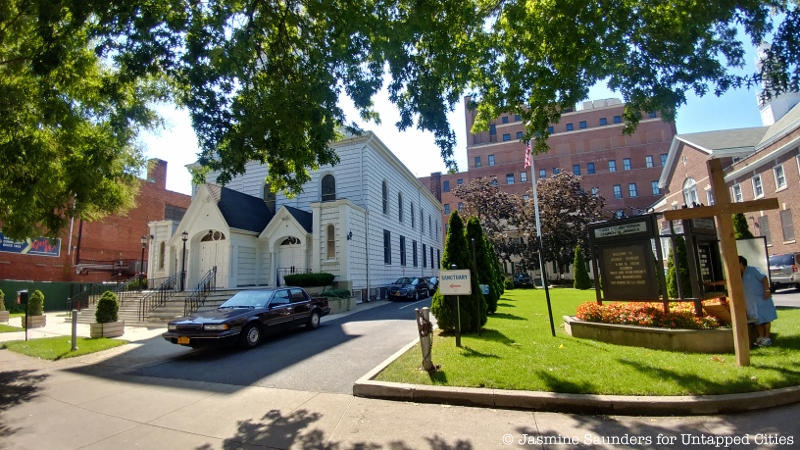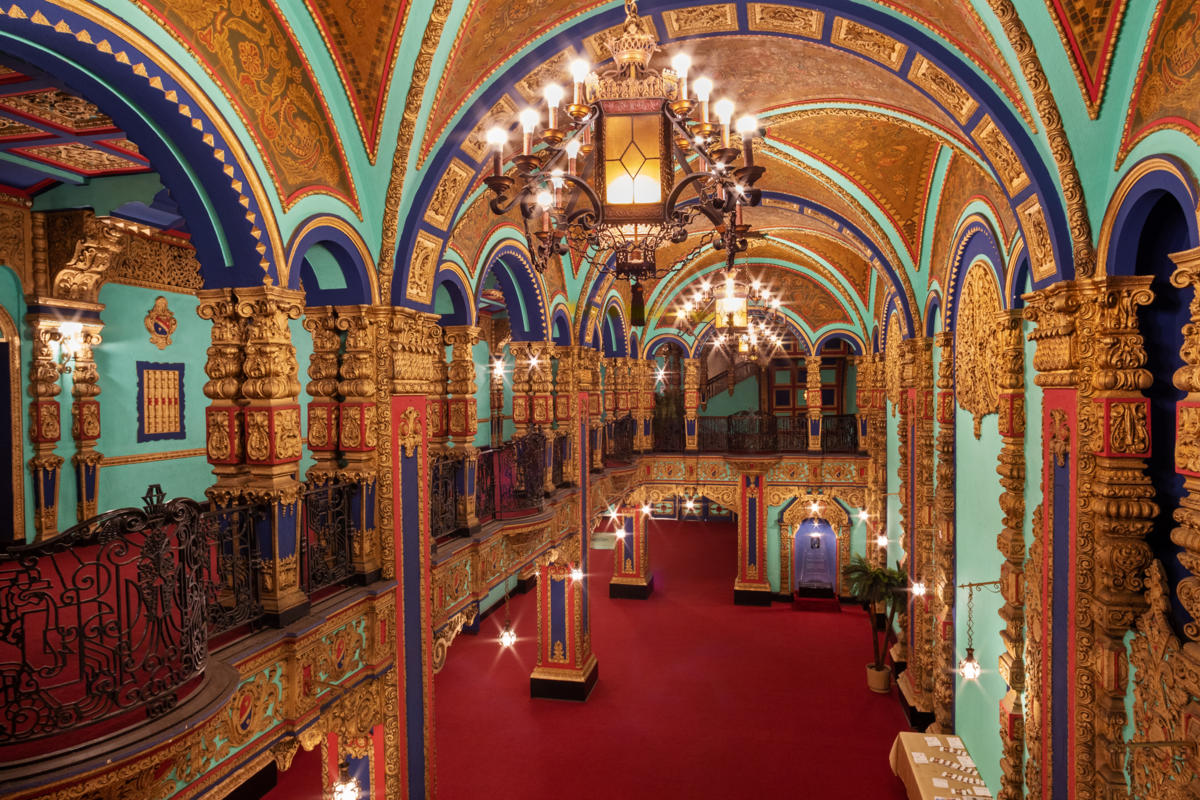 Photograph by James and Karla Murray
Photograph by James and Karla Murray
Jamaica, Queens has a rich history spanning before the formation of the United States. Named after the Jameco Indians who originally occupied the area, in the 1650s, 15 English families obtained a charter from Peter Stuyvesant to settle in Rustdorp (“rest-town”), which is what the Dutch called Jamaica. After the Revolutionary War, Jamaica was the first village in Queens County to become part of the United States.
In the late 20th century, business declined in Jamaica when big companies moved to suburban areas where it was more profitable, and the crime rate increased crime because of the crack epidemic in the ’80s. But, in recent years, a revitalized Jamaica has seen a boom in business and culture, with plenty of iconic historical places to visit, while offering up exciting new places to check out. Here’s our Untapped Cities guide to the Queens neighborhood.
Historical Sites
Prospect Cemetery
Prospect Cemetery, located on what is now 159th Street and Beaver Road, was the graveyard used by the early settlers of Jamaica, and is the fourth-oldest colonial cemetery in the five boroughs, and is a designated New York City landmark and on the National Register of Historic Places.
Amongst the buried are 53 Revolutionary War veterans, 43 Civil War veterans, three Spanish-American War veterans, and a number of prominent families with surnames like Van Wyck, Sutphin, and Brinkerhoff. Also in the cemetery is the Chapel of the Sisters, which was added to the cemetery in 1856 by Nicholas Ludlum who bought the land to be used as a memorial to his three daughters who died young.
Despite the segregation of graveyards, one black woman by the name of Jane Lyons was buried here. Her tombstone reads, “Jane Lyons, a colored woman, who upwards of 65 years was a faithful and devoted domestic in the family of James Hariman, Sr., of this village, died December 19, 1858. Age 75 years.”
Efforts to revitalize the cemetery began in 1999 with the Prospect Cemetery Revitalization Initiative, dedicated to beautifying the cemetery, and it is spearheaded by the Prospect Cemetery Association of Jamaica Village. The President, Cate Ludlam, is a descendant of Nicholas Ludlum, and the association is comprised of descendants of those buried in the cemetery.
First Presbyterian Church of Jamaica

The First Presbyterian Church of Jamaica is the oldest continuously serving Presbyterian church in the United States under three flags: the Dutch, the English and the United States. The church was founded in 1662 when the area was the New Netherlands settlement of Rustdorp.
In 1699, villagers built a 40 foot stone building on what is now Jamiaca Avenue, until it is replaced by the current building in 1813. Over a century late, the church was places on logs and moved to its present location at 164th Street, right off of Jamaica Avenue. In 1962, the church expanded to include the Magill House, providing the church with an auditorium, gymnasium, library, classrooms, and recreation centers.
Despite its heritage, the church is not listed on the National Register of Historic Places due to the current Reverend Patrick O’Connor’s decision because of the restrictions that come with altering a building once it’s been listed.
Today, the church continues to be a place of worship to the residents of Jamaica, expanding its outreach through programs like Girl and Boy Scouts, soup kitchen, distribution of food items, Bible Study, athletics, recreational activities, tutoring, and more.
You can find the church at 89-60 164th Street.






